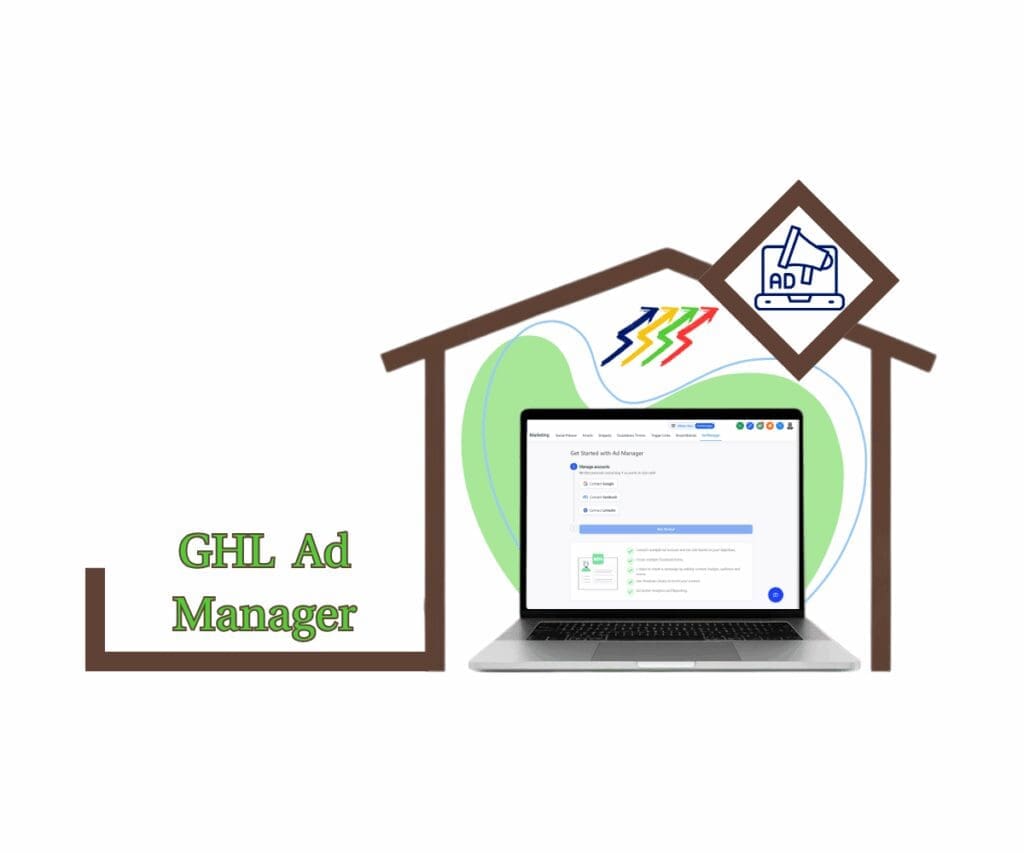- Stay ahead of August 2025 voice rate changes and keep your call campaigns profitable
- Quick Summary – Voice Call Pricing Changes
- What Changed in Voice Call Pricing
- Why This Matters to You
- How to Use / Implement This Update
- Pro Tips to Manage Call Costs
- What This Means for Your Business
- Frequently Asked Questions about Voice Call Pricing Changes
- Conclusion
Stay ahead of August 2025 voice rate changes and keep your call campaigns profitable
Running voice campaigns through GoHighLevel? Heads up—your call costs are about to shift. Starting August 11, 2025, GHL is rolling out new voice call pricing across several countries. Whether you’re dialing out to leads or taking toll-free inbound calls, these changes could impact your monthly bill.
This isn’t a glitch—it’s a pricing update from GHL’s downstream carrier. The new rates will apply automatically, so there’s no action required on your part. But if you rely heavily on voice communication, especially in high-volume countries like Colombia, Singapore, or Kuwait, it’s worth digging into the details now.
Why? Because call costs can add up fast—and if you’re running automated workflows, sales campaigns, or support lines, even small increases could affect your margins.
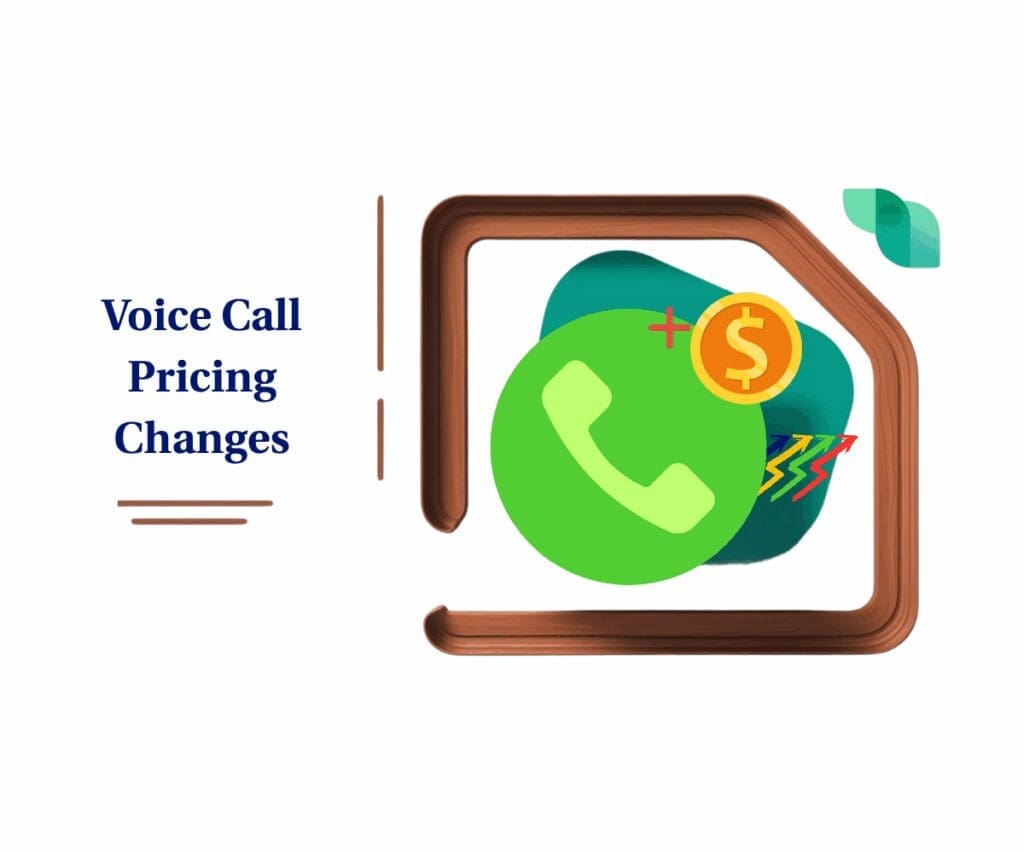
Starting August 11, 2025, GoHighLevel users will see updated voice call pricing across multiple countries. Whether you’re running outbound sales calls or inbound toll-free support, these changes could affect your bottom line. This post breaks down what’s changing, why it matters, and how to stay ahead of it.
Quick Summary – Voice Call Pricing Changes
Purpose: To alert GHL users of upcoming global pricing increases for outbound and toll-free voice calls.
Why it matters: These rate changes could significantly affect monthly call costs, especially for agencies running automated call campaigns or client support lines.
What you get: A full list of impacted countries, guidance on reviewing call volume, and tips to manage rising voice costs.
Time to Complete: 10–15 minutes to review current call usage and adjust workflows if needed.
Difficulty Level: Easy to Medium – depending on call volume and complexity of your workflows.
Key Outcome: Avoid billing surprises by proactively adjusting voice call strategies to align with the August 2025 pricing update.
What Changed in Voice Call Pricing
Let’s get straight to it—this update affects both outbound and toll-free inbound voice minutes across multiple countries. Starting August 11, 2025, GHL users will see small-to-moderate increases in the per-minute rates for Programmable Voice.
If you’re calling internationally or handling toll-free numbers, here’s what you need to know:
Automate marketing, manage leads, and grow faster with GoHighLevel.
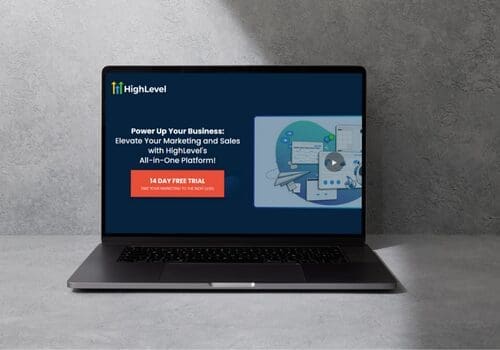
Outbound mobile calls to popular regions like Colombia, Singapore, and Saudi Arabia are increasing by up to 10–15%.
Less common locations, such as the Australian External Territories or Tonga, are seeing much steeper hikes—up to $0.33 more per minute in some cases.
Toll-free local incoming minutes are also being adjusted, but these changes are mainly behind the scenes unless you run inbound-heavy operations.
Here’s the full list:
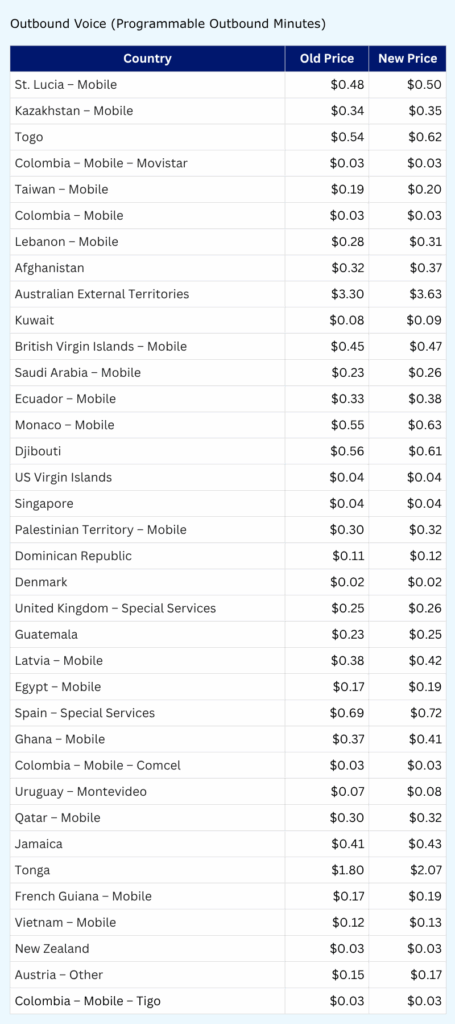
While most of the increases are small on paper, the impact scales fast if you’re placing hundreds—or thousands—of calls a month.
And the good news? No manual work is required. GHL will automatically apply the new voice call pricing rates to your account on August 11.
Why This Matters to You
If you’re running a GHL-powered agency, every cent counts—especially when you’re managing client campaigns or scaling your own outreach. Even a $0.01 increase per minute might not sound like much, but across hundreds of calls, that can quietly drain your profit margins.
Here’s why this update deserves your attention:
- High-volume = high impact: If you’re calling lead lists, running follow-up sequences, or doing client onboarding by phone, these pricing shifts could spike your billing without warning.
- Toll-free support lines: Got a toll-free number set up for clients or customer support? That “free” call now comes with a higher per-minute cost on your end.
- Recurring call campaigns: Automated calls, follow-ups, and nurture sequences now cost more in certain countries—especially in regions with aggressive pricing jumps like Ghana, Monaco, or the Virgin Islands.
And here’s what most users miss: If your agency bills clients at fixed rates or flat retainers, you could eat the cost unless you adjust your pricing or usage behavior.
These updates might seem small, but they highlight a bigger point: voice call strategy needs to be actively managed, not ignored.
How to Use / Implement This Update
Let’s walk through how to stay ahead of the August 11 voice call pricing change—without scrambling later.
First, what this section covers:
You’ll learn how to check your current call volume and understand where your biggest voice costs are coming from so you can adjust your GHL setup to avoid any billing surprises.
Step 01 – Access the Main Left Hand Menu in GoHighLevel
1.1 Click on the “Reporting” menu item
- This is where you’ll get visibility into your account’s voice call usage and related charges.
1.2 Navigate to the “Call Report” in your agency account.
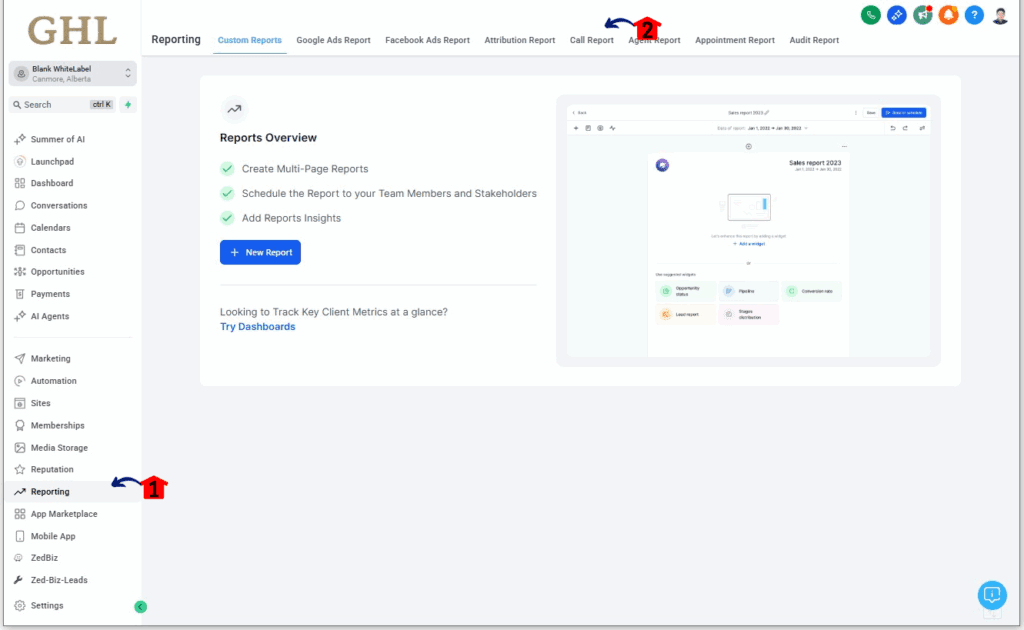
Step 02 – Review Your Current Call Volumes
2.1 Use filters to view voice minutes by date range
- Look at which countries or numbers are being called most
- Note any recurring outbound campaigns or workflows placing these calls
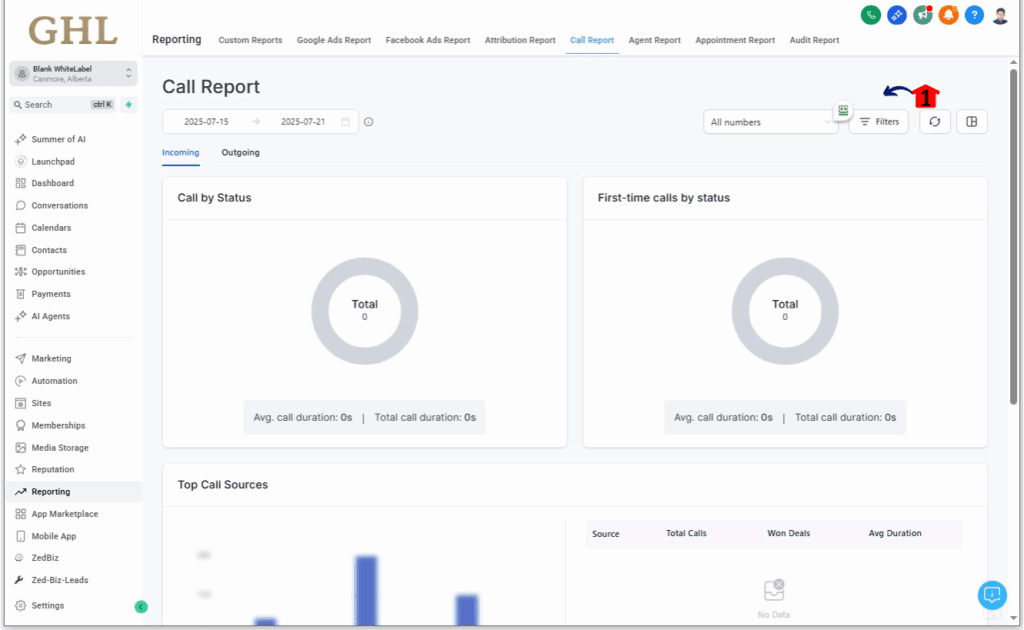
This isn’t about stopping voice calls—it’s about smart usage. The more you track and adjust now, the easier it’ll be to maintain profitability after the new pricing kicks in.
Pro Tips to Manage Call Costs
If you’re using voice calls as part of your automation or sales stack, now’s the time to sharpen your strategy. The good news? You don’t have to ditch your voice workflows—you just have to run them smarter.
Here are some proven ways to keep your call costs in check:
- Geo-target your campaigns: Focus your call efforts on regions with stable or lower pricing. Shift outreach efforts to where the rates still give you margin room.
- Use call length triggers: In your GHL workflows, add logic to automatically end or flag calls that exceed a specific duration. This helps avoid runaway costs from long conversations.
- Track by outcome, not just volume: Identify which calls are driving real conversions, and trim the ones that aren’t. Use reporting and tagging inside workflows to segment high-performing numbers.
- Schedule smarter: Use time-zone-based routing and off-peak hours to reduce retries and avoid wasted calls.
- Train your team: If you have agents or virtual assistants making manual calls through GHL, ensure they understand the cost impact by region. Simple awareness can lead to shorter, more focused calls.
- Set up usage alerts: If you’re in SaaS mode or managing client accounts, set up alerts when voice usage hits certain thresholds so you’re not caught off guard.
Even a few of these tips can keep your call budget from ballooning—especially when small increases compound across campaigns.
What This Means for Your Business
Think of this update as a nudge—not just to watch your costs, but to tighten your systems.
If you’re using GHL for client services, cold call campaigns, or inbound support, these new voice call pricing rates aren’t just about dollars and cents. They’re about how well you manage scale, efficiency, and client expectations.
Here’s how to approach it based on your business model:
- Agencies running lead-gen campaigns
- You’ll need to double-check call-heavy workflows. Add call tracking, limit retries, and reroute follow-ups through SMS or email in high-cost countries.
- SaaS-mode resellers or white-label agencies
- If you’re reselling phone services as part of a flat-fee package, adjust your tiers or terms to reflect the new per-minute charges—or you’ll eat the difference.
- Client support teams using toll-free lines
- These incoming minute increases can quietly inflate your support costs. Consider adding call menus (IVR) to filter or shorten calls, or introduce appointment-only support to control usage.
- Solo operators and small teams
- Don’t ignore this! Even if you’re only placing a few dozen calls a day, recurring usage adds up. Start auditing now to catch any surprises early.
Bottom line? Awareness equals control. The more clearly you understand how these pricing changes ripple through your workflows, the better positioned you’ll be to optimize and stay profitable.
Frequently Asked Questions about Voice Call Pricing Changes
Conclusion
Voice Call Pricing changes happen—but smart agencies get ahead of them.
With voice call rates set to shift on August 11, 2025, now’s the time to look under the hood. Whether you’re calling leads overseas, offering toll-free support, or automating follow-ups, this update will impact your costs. But with a few proactive steps—auditing your usage, tightening your workflows, and training your team—you can keep those changes from cutting into your margins.
Check your reporting. Adjust your campaigns. Stay sharp.
Have you reviewed your call strategy yet? Let me know what changes you’re making—or drop your questions below.
Scale Your Business Today.
Streamline your workflow with GoHighLevel’s powerful tools.



